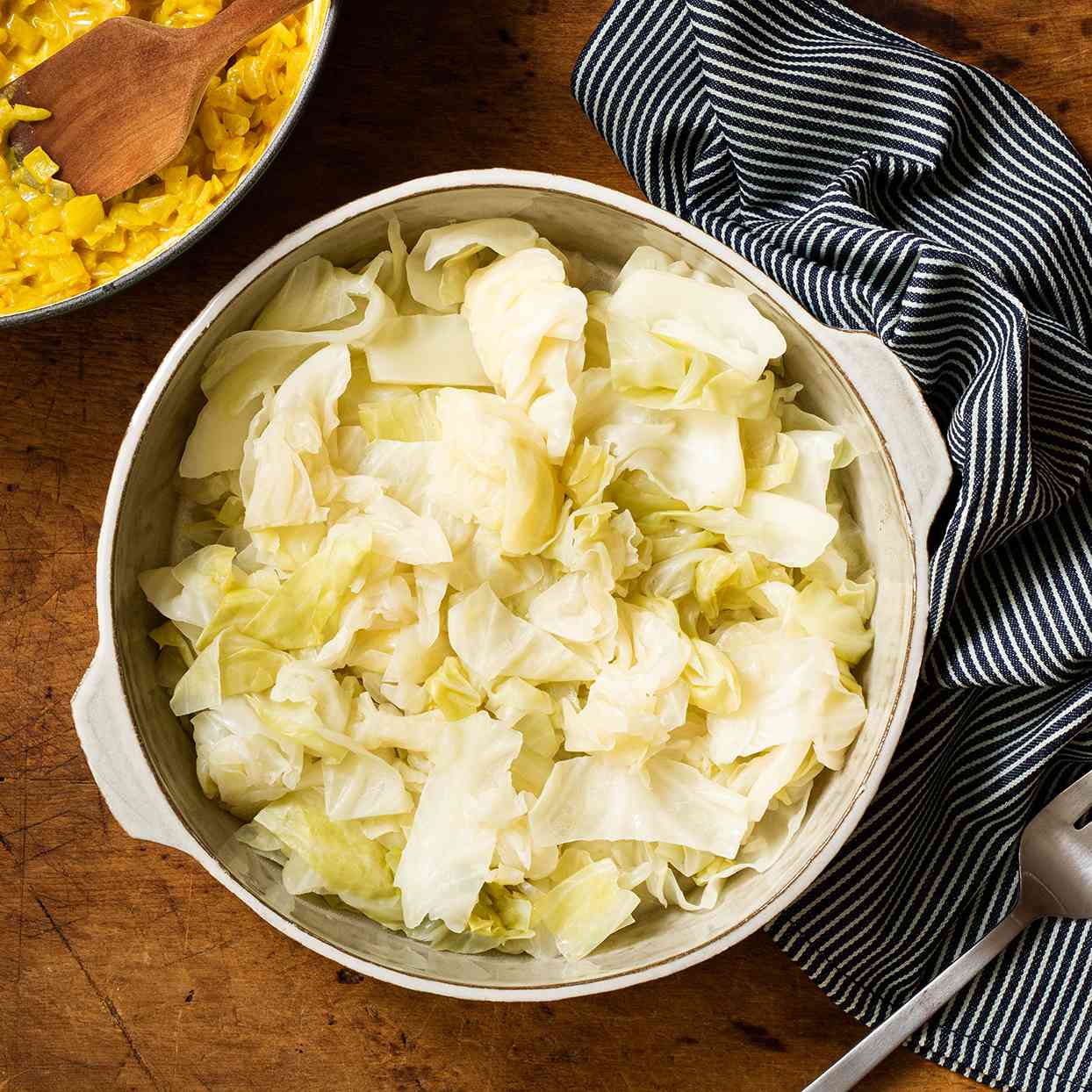While many people know Kenya for its game parks and animal reserves, the country’s east coast has a rich Swahili culture. In season, the port of Mombasa is dotted with the lateen sails of the dhows: sailing ships that ply the Indian Ocean. The Kenyan coast has long traded with countries to the east, leading to a fascinating cultural and culinary mix—a blend of the continent with the influence of the Arabian Peninsula and countries beyond. It is felt in the spices that are accessible in the market and in the taste of curries lingering in many of the dishes, like this curried cabbage. I admit to being enthralled by this part of the country and the seeming mysteries that can be found down the twisty lanes of the old part of Mombasa.
I’ve only been to Mombasa once, and then for too brief of a period, but the spices of the city still linger in my mind (and it is definitely on my return-to list). I still remember the small restaurant where I had lunch and the simple dish I was served: rice and vegetables in a curry sauce. I recall being surprised by the flavor before remembering the connections of coastal Kenya with countries across the Indian Ocean. While wandering the lanes of the city, I purchased an antique brass spice box that when opened even now, almost 50 years later, still has faint hints of the spices that it held: cardamom, cloves and curry. Every time I open it, I am transported.
While there is a curry plant, the curry that I’m referring to is a mixture of spices often distinguished by its yellowish-orange hue. The term “curry” itself is a Western one thought to come from the Tamil word kari, meaning sauce. There is a multiplicity of curry powders; they were originally created in an attempt to duplicate the flavors of the unique spice mixtures that are prepared in individual households, and now there are many different blends available. The curry powder called for in this recipe is Madras curry powder, which is the one most commonly found in American grocery stores. The dish itself is a hybrid dish that uses traditional and colonial ingredients along with a humble vegetable: curry powder, milk and flour are combined to create a flavored béchamel that is then used to sauce the cabbage. This curried cabbage dish speaks deliciously of the rich complexity of the food, and indeed of the history, of Kenya’s Swahili coast.
This essay is part of the series “Diaspora Dining: Foods of the African Diaspora.” In this monthly column with essays and recipes by Jessica B. Harris, Ph.D., we explore the rich culinary traditions of the African diaspora. Harris is a culinary historian and the author of 13 books related to the African diaspora, including Vintage Postcards from the African World (University Press of Mississippi), My Soul Looks Back (Scribner) and High on the Hog (Bloomsbury USA), on which the Netflix documentary series High on the Hog is based. She is the 2020 recipient of the James Beard Lifetime Achievement Award. For more from Harris on EatingWell, see Migration Meals: How African American Food Transformed the Taste of America and her Juneteenth Celebration Menu. Follow her on Instagram @drjessicabharris.







